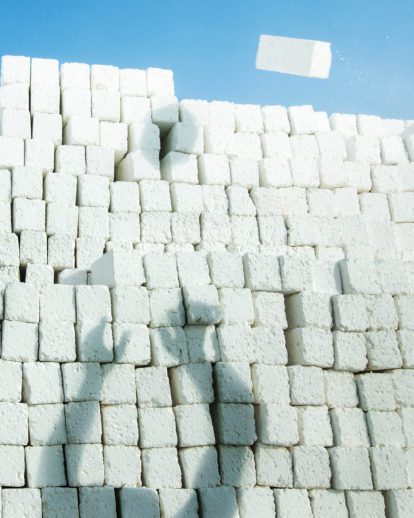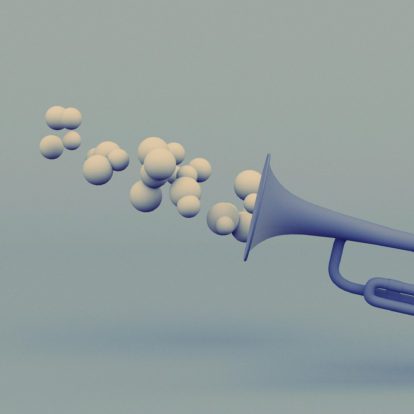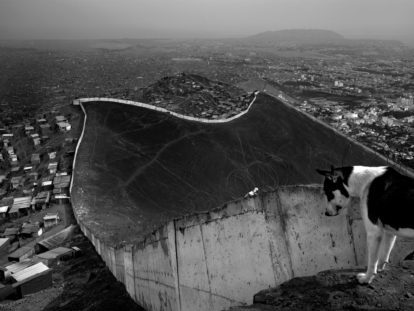The most recent figures from the World Health Organisation (WHO) estimate that 7 million people a year die from air pollution. Soot particles spewed out in traffic emissions alone are directly linked to asthma, cancer and other conditions including emphysema and chronic obstructive pulmonary disease.
So when innovator and leading tech designer Anirudh Sharma announced that he had developed a process in which he could both stop those particles from reaching human lungs and turn them into a new product, there was instant interest. Now his India and Singapore-based start-up, Graviky Labs – which turns the particulate carbon from polluted air into ink – is exporting art supplies made from pollution all around the world.
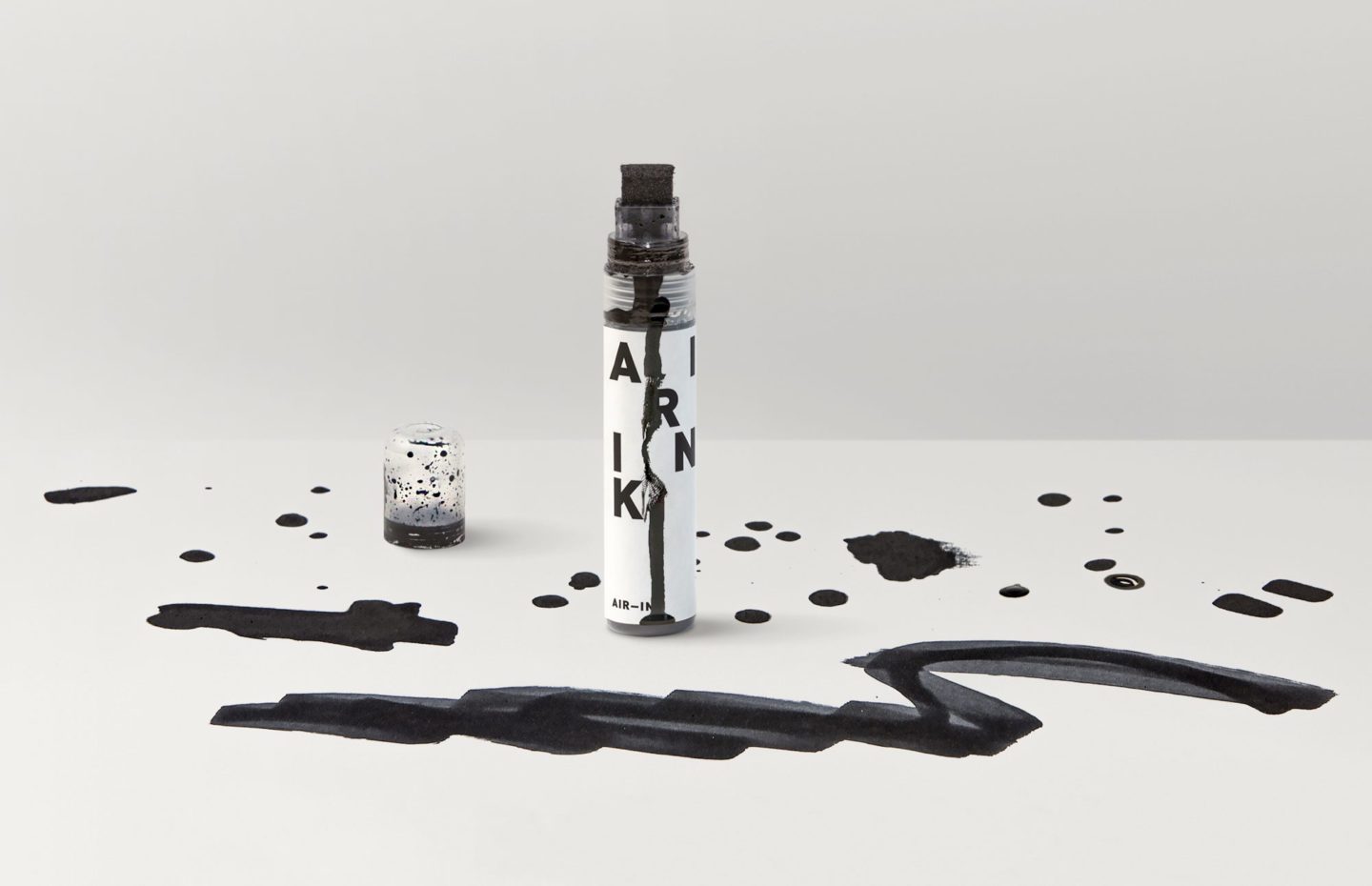
One pen of Air-Ink contains between 40 and 50 minutes of air pollution.
The MIT Media Lab graduate – who in 2016 was featured on the Forbes 30 under 30 list because of his innovation – had his ‘eureka’ moment in 2012 when he was in the city of Mathura, in India’s Uttar Pradesh. There he saw an image of a diesel generator exhaust pipe, with a triangular shape of dirt next to it, that look[ed] like it [had] been painted.’ That, as he explained in a recent TED talk, was when he got the idea of making a printer that would absorb pollution from one side, and then, using additives and solvents, create ink from the other.
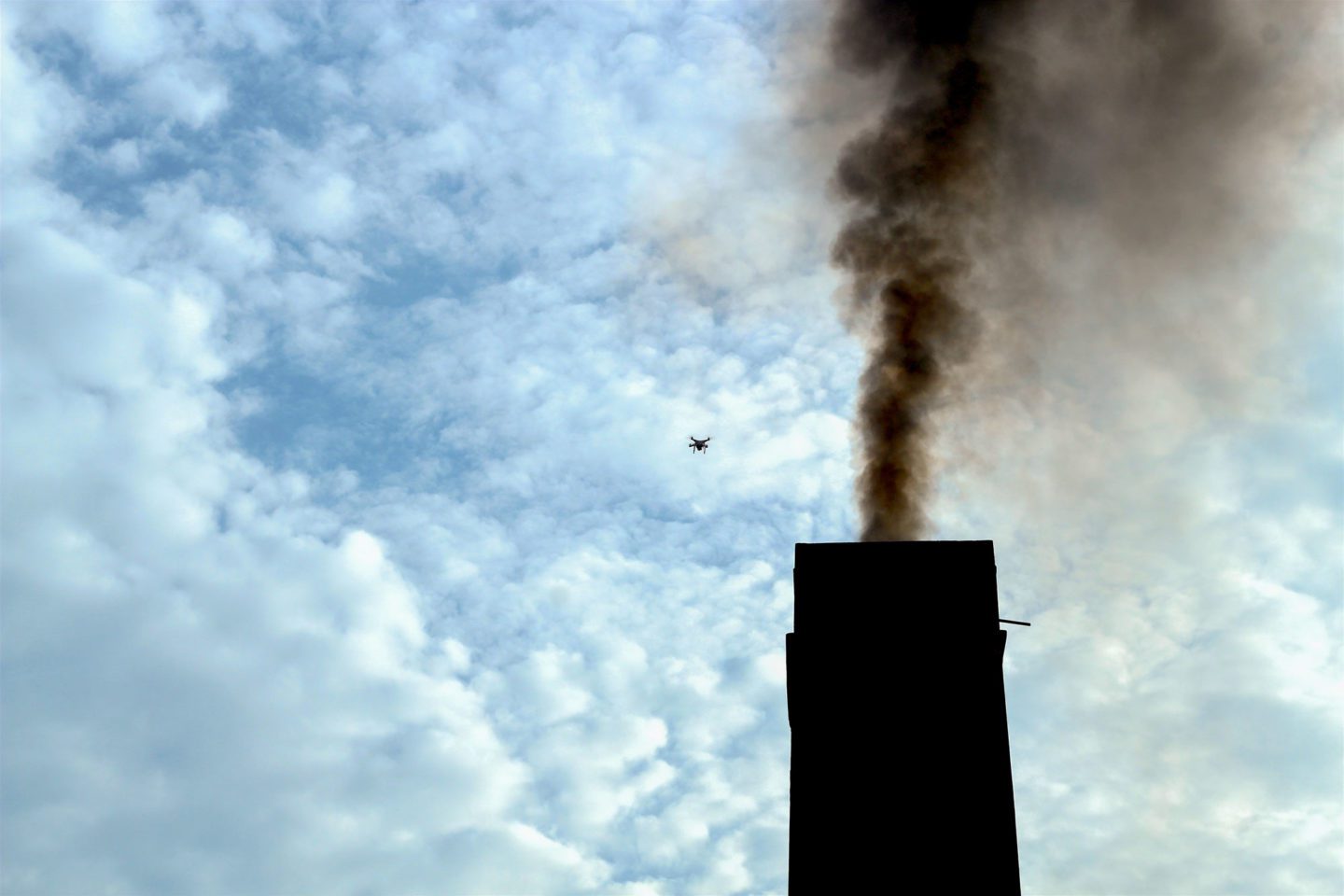
A Quadcopter carries out a research survey on a chimney.
He had the chance to develop the idea at the MIT Media Lab, a place he has described as being ‘at the crossroads of design, engineering, architecture and sometimes magic.’ The carbon particles are caught from car exhaust pipes with the Kaalink, a device that can be fixed to the end of the pipe to capture 95% of the emitted pollution. Once the toxins are extracted, the soot is ground into pigment and mixed with vegetable oil. One pen of Air-Ink contains between 40 and 50 minutes of air pollution.
It was important for Sharma that – though he had developed the idea in America – the business he built from it started in India. Now Graviky Labs asserts that it has cleaned more than 1.6 trillion litres of air. In his TED talk, with a gentle flash of irony, he quoted the American scientist and inventor Buckminster Fuller, saying, ‘Pollution is nothing but the resources that we are not harvesting yet’. Yet he has already challenged street artists in cities across the world to use the ink to create works about the dangers of carbon waste, which must make him one of the few innovators whose ultimate hope is that his invention will become obsolete.

